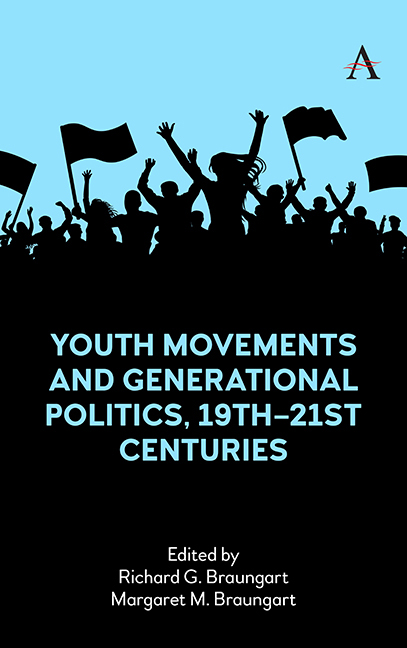6 - From Protest to Terrorism: The Case of SDS and the Weathermen
Published online by Cambridge University Press: 18 November 2023
Summary
June, 1969. Enter the Weathermen…. It swooped from giddy Third Worldism to a call for “antipig self-defense” movements and “cadre organization” on the way to a “Marxist-Leninist party” and “armed struggle.” … Compared to the general run of SDS members …, they came from wealth; they were used to getting what they demanded, stamping their feet if they had to, wriggling away without punishment (Gitlin 1987, pp. 384–385).
October, 1969. [T] he Weathermen blew up the statue commemorating the police victims of the Haymarket bombings a century before. On October 8 … the Weathermen were running through the Gold Coast [in Chicago], smashing expensive cars and shop windows. It was the beginning of three days of steady rampages (Hayden 1988, pp. 360–361).
Early 1970s. [T] he Weather Underground at the height of its activities … claimed responsibility for a number of bombings—including an explosion at the U.S. Capitol (McGrath 1981, p. 32).
October, 1981. [A] group of armed robbers tried to pull off “the big dance”—the code name they gave to a planned armed robbery of over a million dollars from a Brink's truck in Nyack, New York … two police officers and a Brink's guard were killed, and several men and women were captured. The best known was Kathy Boudin … who … was the most prominent political fugitive still at large (Frankfurt 1983).
These were the Weathermen—a fringe group of the youthful 1960s political generation that mobilized to challenge the status quo and tried to change the course of politics in the United States. The result of a takeover of the Students for a Democratic Society (SDS) in 1969, the Weathermen was spearheaded by bright, energetic youth, mostly from affluent backgrounds, who attended some of the most prestigious colleges and universities in the United States. This was a group that delighted in acrimonious rhetoric, applauded terrorist tactics, and eventually went underground to carry out a revolution against “Amerika,” taking credit for over 25 bombings in the United States in a five-year period (Schlagheck 1988). Though small in number, the Weathermen became the focus of considerable government and media attention in the late 1960s and early 1970s.
- Type
- Chapter
- Information
- Youth Movements and Generational Politics, 19th-21st Centuries , pp. 115 - 144Publisher: Anthem PressPrint publication year: 2023

